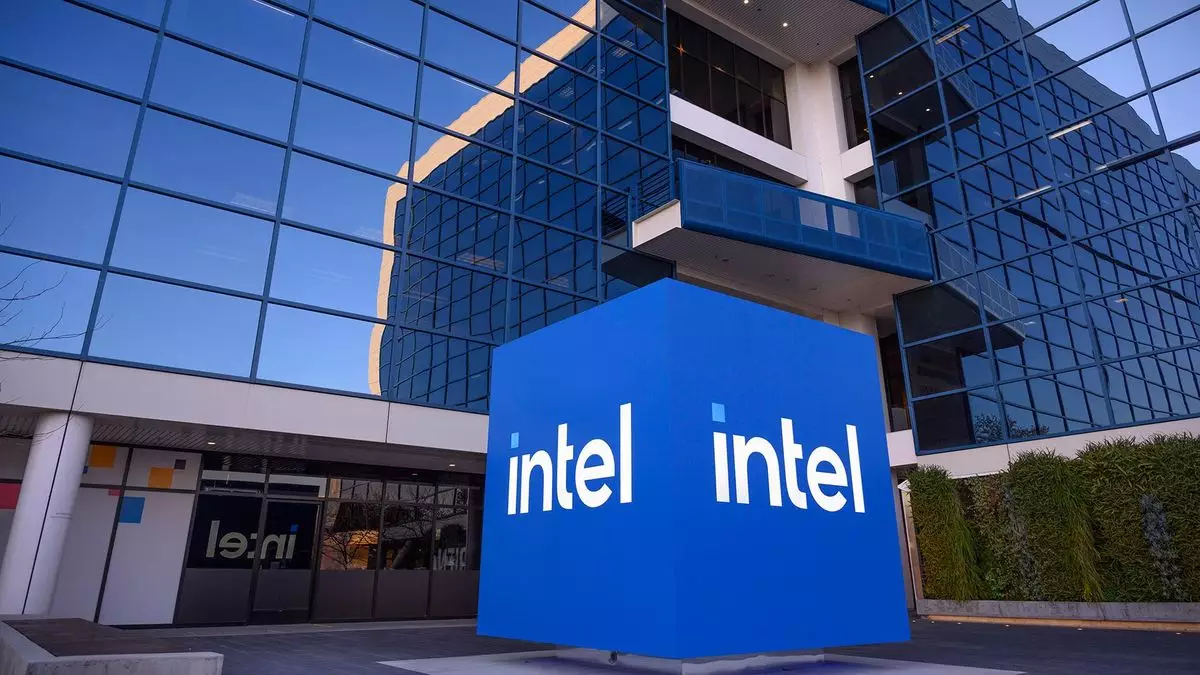In the competitive landscape of semiconductor manufacturing, Intel is navigating a pivotal transition with its Intel Foundry division. Once confined to the overarching corporate structure, this arm of Intel is increasingly being considered on its own merit, especially in the wake of leadership changes within the company. With TSMC dominating the foundry space, Intel’s approach to carving out an identity for Foundry has become essential. The potential for significant operational separation from Intel’s core business model raises numerous questions about the company’s future and its strategic direction.
The recent departure of long-time CEO Pat Gelsinger has injected a dose of unpredictability into Intel’s operations. Following Gelsinger’s exit, interim co-CEOs David Zinsner and Michelle Johnston are at the helm, steering the company through a transitional phase. During a recent dialogue at the Barclays 22nd Annual Global Technology Conference, Zinsner voiced the operational and financial priorities that he will drive, while Johnston emphasized her expertise in product development. This leadership split signals a strategic focus towards ensuring that Foundry operates with a degree of independence, capable of addressing customer demands while aligning with broader corporate strategies.
Zinsner’s acknowledgment of Foundry’s semi-autonomous operations hints at a significant operational philosophy: the recognition that the complexities of product manufacturing and foundry services necessitate distinct, albeit collaborative, decision-making processes. Johnston, in her comments, reinforced the notion that Foundry and product development teams currently function independently. This separation could imply a budding intent to create a subsidiary model for Foundry, potentially paving the way for a drastic redefinition of Intel’s operational blueprint.
However, the discussion regarding potential separation remains ambiguous. Zinsner’s remark that “the question of fully separating is open” illustrates that multiple avenues are still under consideration. The exploration of various operational formats may include running Foundry as a standalone business or possibly exploring external partnerships or divestments. The failure to provide definitive answers intensifies the sense of unease surrounding the future viability of Intel’s manufacturing strategy.
Internal and external pressures are likely contributing to this uncertainty. With recent struggles in the rollout of its 13th and 14th generation CPUs and the company’s recent loss of dominance in the semiconductor space to competitors such as Nvidia, there are growing concerns about retaining investor confidence. Stock performance has been volatile, creating an impetus for leadership to explore all options regarding the structure and operations of Intel Foundry.
As Intel aims to rebound and secure its position in the market, the upcoming 18A chip technology represents a critical focal point. Dubbed a ‘big bet,’ the successful implementation of this technology is integral to restoring the company’s reputation and competing effectively against established competitors like TSMC. The stakes are high, as failures in this ambition could cement further doubts about Intel’s capabilities and lead to more significant ramifications for its market standing.
Intel’s Foundry’s challenges have been exacerbated by the company’s recent missteps with its gaming CPUs as well as its Arc B580 offerings, both of which were viewed unfavorably by the market. The dependence on TSMC for manufacturing advanced chips casts a long shadow over Intel’s future ambitions, leading many to question whether the company can swiftly pivot away from these challenges.
In summation, Intel Foundry stands at a crossroads, grappling with the implications of its structural decisions amidst an evolving competitive landscape. The need for a strategic overhaul has never been more pronounced, as the decisions made by its leadership will reverberate through the corporate structure and impact its market positioning. Intel must decisively navigate the dichotomy between independence and corporate synergy, while simultaneously betting on future technologies like 18A. Only time will tell if Intel can regain its once-respected stature in the semiconductor realm, but addressing these uncertainties is crucial for its sustained growth and relevance in the industry.


Leave a Reply